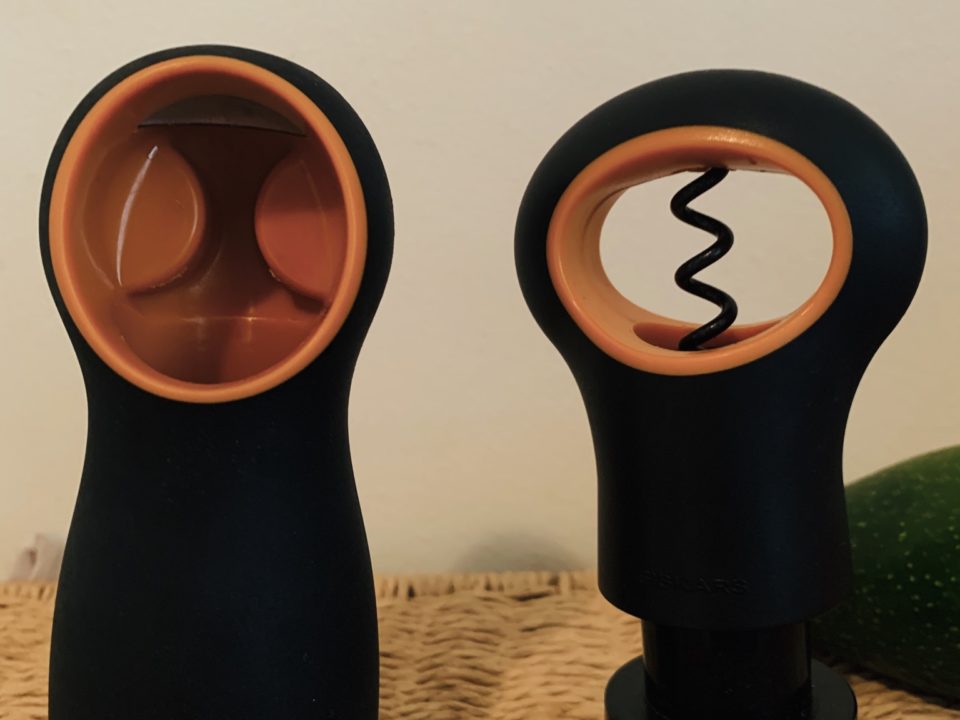Brand transparency: a business asset you can’t afford to ignore, especially in 2021

Consumer expectations go beyond the mere offering
It would be no exaggeration to say that in today’s age of information consumers are more than hard to please. At a time when brand advertising and marketing has penetrated almost every aspect of our lives, consumers are much savvier than they used to be and are becoming more and more demanding when it comes to their overall interaction with brands.
More often than not they expect that brands should be absolutely honest about their offerings and showcase proof of the promised value in a straightforward and clear manner. In many cases consumer expectations go beyond the mere offering and pertain to aspects such as production processes, originality and purity of the raw materials used, as well as the wellbeing of those involved in the overall preparation delivery of the product or service.
The new challenge
Such a raise in consumer standards has definitely created a significant challenge brands can’t afford to ignore; brand transparency is becoming an essential component of corporate communications and marketing, with businesses across industries being pushed to conform with this new norm, in order to upgrade their branding and build relationships with their audience that are based on trust.
Wondering what brand transparency entails?
A transparent brand doesn’t hesitate to “expose” itself to the public.
Brand transparency is all about being open and direct to internal and external stakeholders regarding brand offerings, operations and underlying values as well as the methods that come into play when doing business. A transparent brand reveals and explains its goals, policies, internal operations, financial information and even data some would consider sensitive, such as the business impact on the environment. Illustrating how brand values become real life practices and how brand narratives correspond to facts is crucial too.
To clarify how brand transparency is realised, let’s have a look at several examples from various industries.
The “Clean Label” case
A clear case of brand transparency from the food industry is that of “Clean Label” products. Such products are made only with ingredients that are recognised and accepted by consumers while they are also free from ingredients which sound artificial or misleading. Their components are communicated in a way that is consistent with consumers’ understanding, being presented in an honest and intelligible way, without the use of scientific jargon in the packaging and promotional material.

Α similar trend is also being observed in the packaging and the promotional materials of many products in the category of nutrition supplements. The emphasis is shifted towards purity, with the key ingredients being demonstrated in a clear and widely understandable manner which eliminates ambiguity and makes potential customers feel that such products constitute a safe option.

Transparency, starting from the packaging material
A relevant trend observed among food brands is the use of transparent packaging, even in cases where such a clarity seems unexpected. An example of this is the use of transparent jars for tomato juice products, while another remarkable phenomenon is product visualisation in the packaging. All these strategic choices of brands attempt to make their products more visually accessible to consumers, eliminating any potential knowledge gap as regards product’s look and feel, prior to the purchase.

Simplification and clarity matter
Key elements are also process simplification and readily available information for customers, across the stages of a business transaction or delivery process. A clear example, which touches upon a recent project of Truberries, is the use of FinTech applications that function independently of banks; such applications simplify several rather complex and, in many cases, rigid bureaucratic processes with which financial institutions have been associated over time. At the same time customers feel more autonomous as they can be served without middlemen.

Evoking the sense of being in control
Another instance from e-shopping studies of Truberries reveals how crucial customers’ sense of being in control is, when offered, for instance, through the real-time parcel tracking services many logistics companies have put in place. Such services add a lot to brand transparency, as they give customers a glimpse of order processing and delivery. Thereby customers feel more safe about the functionality of the delivery service they are using; visual depiction enhances the sense of control and they rest assured that their parcel is on its way to their doors.

Boost your brand by taking advantage of backstage insights
It becomes obvious that brand transparency is very much about communications along the customer journey. There are a variety of ways that brands can achieve transparency in simple ways. By demonstrating some elements of production or services through their advertising, they can show consumers that they’re committed to providing them with quality offerings made with special care and that they have their customer’s best interests in mind.

Be honest and open; trust will follow
Being honest and accessible all the way across brand touchpoints is very important; responding to customer feedback and creating dialogue with consumers can be a very useful tool in this direction, while admitting mistakes can help alleviate unfavourable situations and humanise the brand. If a brand isn’t transparent, consumers have no tolerance for any mistake it has made and quickly switch to another.
Overall, transparency can become a significant asset to a brand, as it is a potential driver of likeability, trust and, ultimately, consumer loyalty. In fact, the vast majority of consumers would be loyal to a transparent brand, while a high share of these same customers would be happy to pay more for products or services from a brand they believe to be genuine. Especially in times of uncertainty, the need to inspire trust becomes even more urgent and therefore, the role of brand transparency becomes even more central. As data from our “Smile” research project show, trust can also generate optimism, which can be a key booster of the relationship a brand tries to build with its existing and prospective customers.
Our tips
Our piece of advice? Integrate elements of transparency in your brand strategy as soon as possible. Be clear and honest about your offering and make it accessible to your audience at all times. Don’t hesitate to try new communication channels and to show more casual or backstage aspects of your business illustrating your human side; such elements might drive closer connections and increase your likeability significantly! Μost importantly, be original and set an example through proof, evoking feelings consumers can relate to.
Last but not least, remember that to win consumers, you don’t have to be perfect; what you really need is to be consistently original and reliable, both in your practices as well as in the promotional activities of your work, without exaggerating or giving false hopes or promises you can’t fulfill. Such a recipe can become a real asset no business should ignore.
At Truberries, we have developed an entire growth territory, namely Statement of Honesty, where a brand can find latest trends and transparency cues; with our guidance, you can not only take inspiration but fully incorporate fresh transparency language in your brand. For more info, please contact: s.protonotariou@truberries.com



